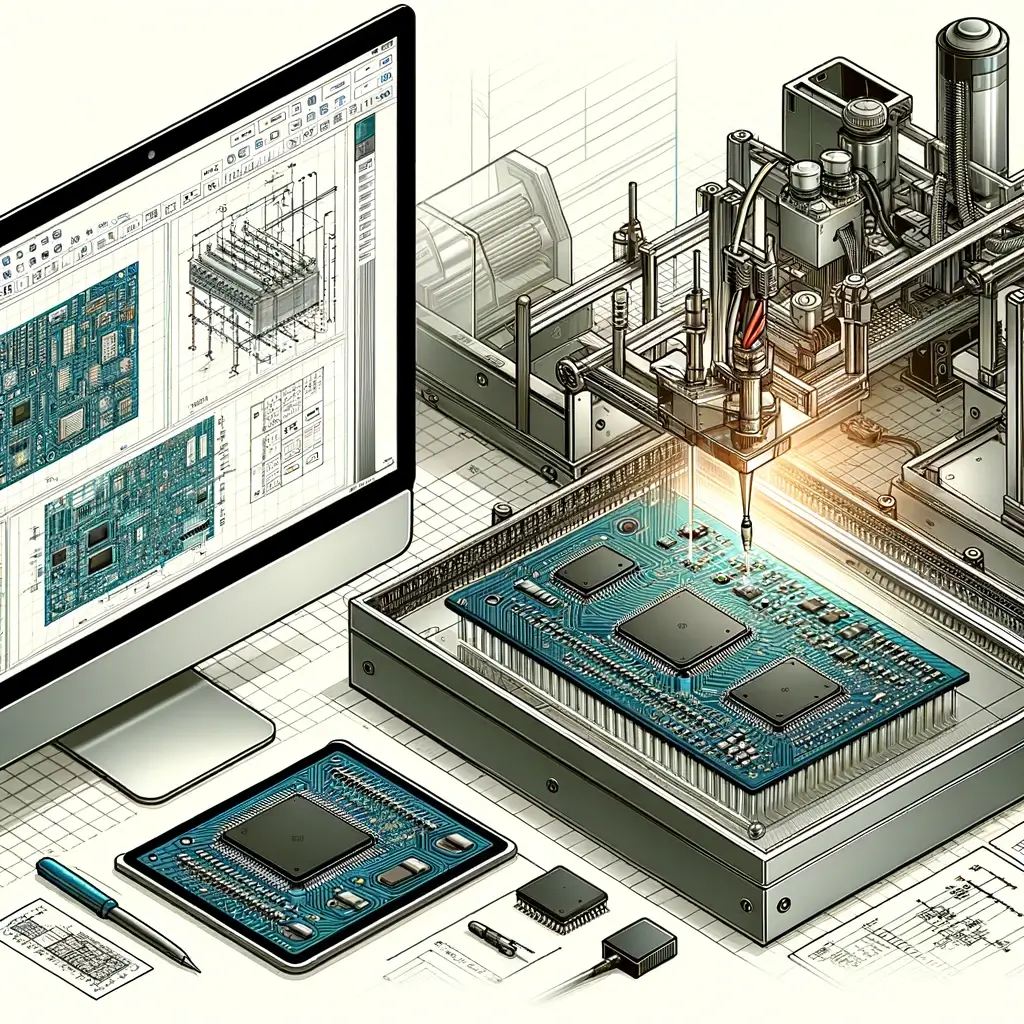PCB Material Options – RoHS – Do I need a High Tg Laminate ?
Through the years, the printed wiring board industry has had to evolve in both materials and processes to meet the needs of the world’s electronic challenges. At first the laminate resin systems were inadequate to survive thru multiple thermal excursions of double-sided assembly and rework processes, then the need to meet the high speed signal integrity requirements were needed and now because of the environmentally friendly initiatives of RoHS have again asked the industry to step it up.
Currently most printed wiring boards can meet RoHS (Restriction of Hazardous Materials) directive requirements as long as the boards’ surface finish does not contain lead. Most if not all laminate manufacturers have already removed or reduced mercury, cadmium, hexavalent chromium, polybrominated biphenyls and polybrominated diphenyl ether levels to meet the directive. The challenge has been how to reliably attach components to the PWB without the use of lead, which have higher temperature and longer oven dwell times due to lead free metals being used. For this you need to look at the laminate materials Td rating (Time to Decomposition).
That’s right, even though material Tg has been the main focus of a laminates ability to survive temperature for years, it is not as important as the material’s Td.
Td is the measure of how long a material can handle the higher temperatures of the assembly process. Materials are more thermally resistant as evidenced by their higher Td rating and their ability to achieve a T260 or T288. A T260/288 (Time to Delamination) is the amount of time the material can withstand exposure to 260 / 288°C.
However, if you have a low cost double sided board that requires the use of lead free solder, it may not necessarilymean that you need the higher Tg/Td laminate. Talk to your assembler; you may be spending more than you need to on raw material costs, and being that laminate costs are the single highest material cost of the printed wiring board, it may be worth running some tests by subjecting boards to multiple Pb free reflow cycles to verify it’s resistance to delamination and blistering.
It is true that lead free solder does require higher reflow temperatures and longer dwell times but if the overall density of board is low, it will reflow faster because the entire structure heats up faster and does not require as long of a time in the assembly ovens to get up to the necessary reflow temperature to make a good solder joint, the lower Tg/Td material can reliably withstand the assembly process. Keep in mind that even standard 130dC Tg laminates made today are superior materials that meet RoHS requirements and work well for many different applications and in many cases can take a the thermal excursion of lead free PCB assembly.



